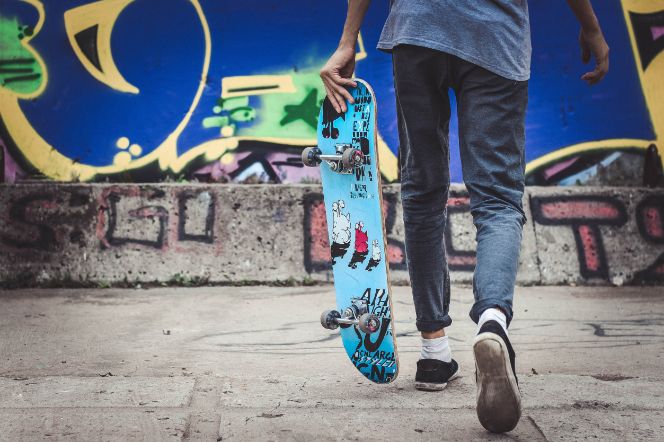Production process of Souvenir Jacket

Embroidery is most important for making sukajan. Today I will introduce the production process of Souvenir Jacket!
Primary Cutting

Making Sukajan begins with the selection of the fabric. If there are scratches at this point, there is a possibility that it will spread later, so check carefully and cut to avoid scratches.

Craftsman cut the fabric. There are dozens of sukajan wallpapers including size differences. The cutting is a very difficult task. It is not a job that can be done using a machine, so they will do it with their hands.
Primary sewing

If the design is such that the embroidery straddles the seams, the parts are sewn first. Depending on the design, the parts to be sewn firstly will change. So the careful management is required.
Embroidery

The embroideries of sukajan are done by the machine according to the embroidery designs drawing called punch guard. Therefore, the personnel who can make the punch guard well is very important.

The embroidery of the seam parts was completed. It takes time and effort to simply increase the number of manufacturing processes compared with ordinary embroidery. However, it will be possible to express free patterns of embroidery that does not fit in that type.

This sukajan is reversible so the embroidery on the back side is also sewn. The number of stitches required for embroidery on the back is 500,000 needles. The number of stitches that can be hit in 1 minute with the embroidery machine here is about 800 needles. It will take approximately 10 hours and half to complete 500,000 needle embroidery.

This is a phoenix embroidery. Since the embroidery is just finished, the ends of the thread protrudes. Carefully treat them so that they will not get frayed and enter the next process.
Secondary cutting

Craftman cut the fabric for sewing embroidered ruffled parts. There is some loss in embroidery and it is a waste, but it is necessary for embroidery to fit tightly to the seams.
Secondary sewing

All parts are sewn together into a shape of sukajan. This work is making a bead of a pocket. This process is also a very detailed work.

When the sewing comes into the climax, the handling of the fabric becomes difficult. It is needed to pay close attention not to scratch the fabric.

Almost all the parts were sewn together. For the next process, the zipper has not been installed yet. Some brands will perform special processing from here.
Finish dye

To give out a light vintage, some sukajans are dyed. Dyeing up with light beige will make the fabric and embroidery a calm color. At the same time there will be minimal damage on the fabric, so even a brand new texture will be born like a vintage.

The picture is after dyeing processing.
Tertiary sewing

Finally install the zipper. Some manufacturers use a round zipper to avoid scratching the fabric.
Finish

All process has been done by ironing the fabric and making sure that there is not a big scratch at the end. Tagging and bagging will be done after this.
This is the completion of sukajan. After many steps, a sukajan is completed!
Leave A Reply
Your email address will not be published. Required fields are marked *


